What are IoT Devices? And 10 Innovative IoT Device Examples
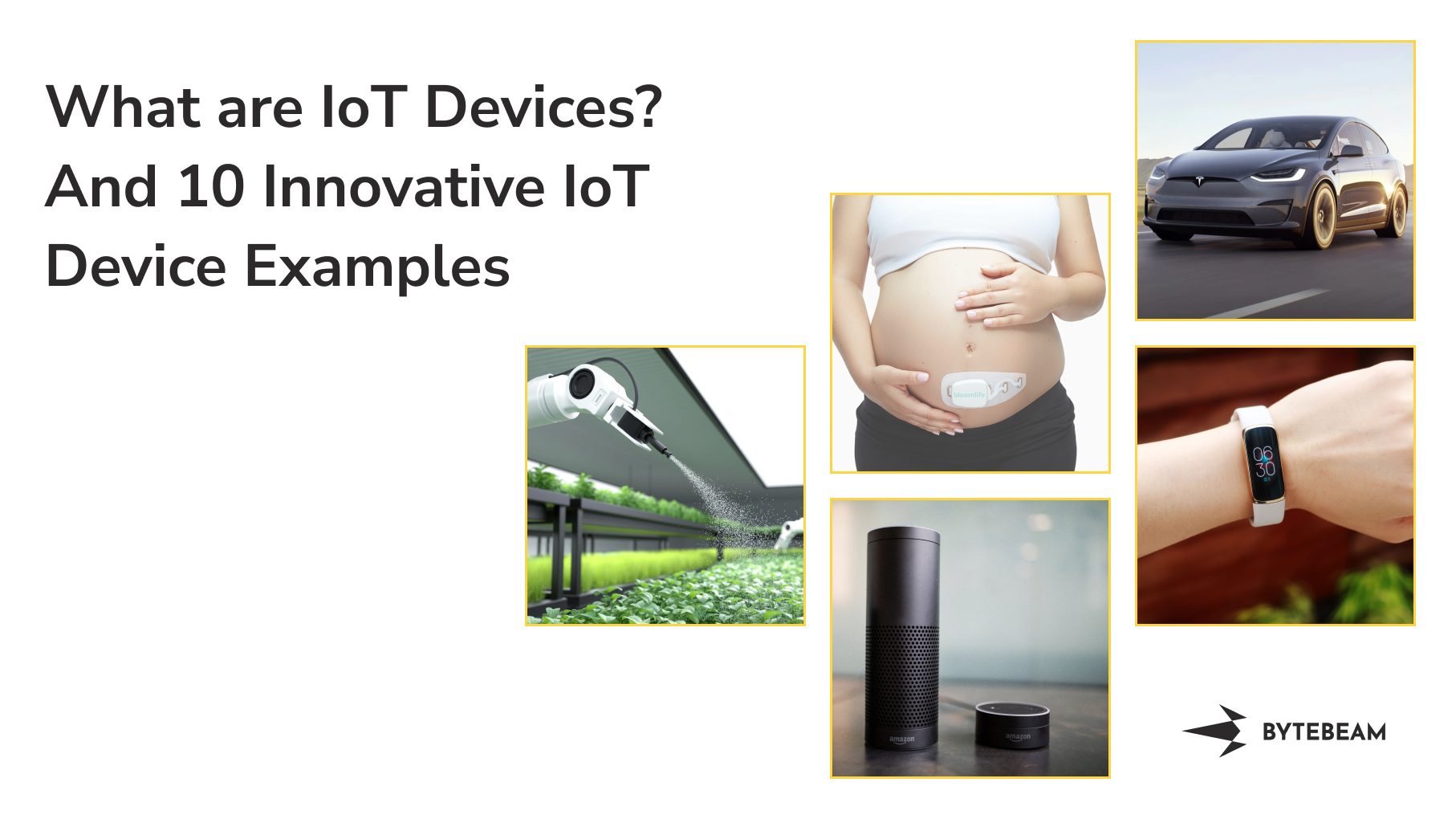
Did you think in 2012 that you would be able to monitor your stress levels, heartbeats, glucose, and more on the go?
Apart from some tech visionaries, no one did.
But that is the fascinating part about living in times where even the sky isn’t the limit for tech like IoT. Internet of Things has not only managed to shock and awe but is also one of the most equalizing technologies to have come up in the recent past.
What to expect: In this blog, we will explore the top 10 IoT devices that are making waves. From smart home devices to industrial sensors, these devices are changing the way we interact with the world around us.
What are IoT devices?
IoT devices make up the Things part of Internet of Things. These devices are embedded with sensors and actuators for collecting data and sending signals, microprocessors or microcontrollers for processing the data, and connectivity to transmit the collected data.
IoT devices create a vast network of interconnected objects because they interact with each other. This allows the devices to share data and information, enabling them to automate certain tasks. For example, a smart thermostat can adjust the temperature of a room based on the weather outside or the preferences of the user. Also, a smart security system can detect intrusions and alert the homeowner.
The 10 most fascinating IoT device examples
In order to make it easier for you, we have clubbed these examples into categories. These categories also seem to be the most popular ones in IoT generally.
Healthcare
Healthcare IoT devices connect various medical devices and sensors to the internet, allowing for remote monitoring and management of patient health. These devices range from wearable fitness trackers to smart pill bottles and even remote monitoring systems for chronic conditions like diabetes.
Collection and analysis of data from these devices has enabled healthcare professionals to gain a more comprehensive understanding of a patient's health and take proactive measures to prevent complications or worsening of conditions. Here are two such devices.
HERO
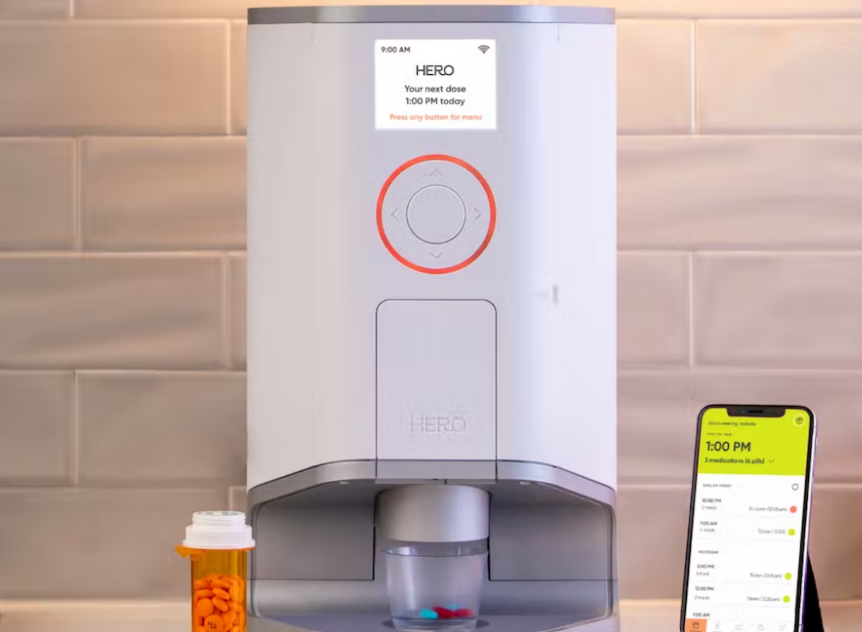
HERO is a smart pill dispenser for the elderly or disabled who have trouble remembering their dosage and medicagtion timings. This innovation uses time chips and sensors to dispense the exact dosage that can be preset by anyone. It also sends alerts to caregivers and physicians when the medication is about to finish, or it is skipped for any reason.
Bloomlife's smart pregnancy tracker
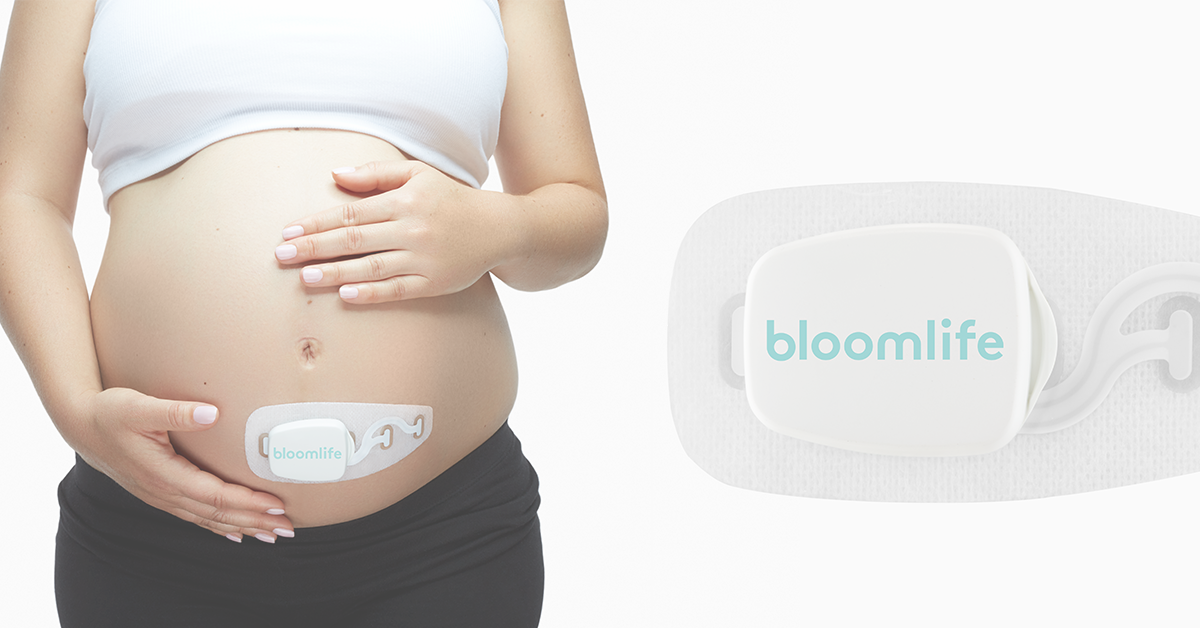
Bloomlife has come up with a smart device for tracking your pregnancy. This pregnancy tracker checks your contractions and updates the frequency, duration, and even patterns in real-time on their app. With this information, mothers and family members can be better prepared for delivery, and be on the lookout for any health issues that may arise. Bloomlife also offers a publication called PregU to help mothers throughout this process.
Wearables
Probably the most household of the IoT devices, wearables, are small electronic devices that can be worn on the body as an accessory, like a wristband or smartwatch. These devices are designed to be worn throughout the day and come equipped with sensors that track various health and fitness metrics, such as steps taken, heart rate, and sleep patterns.
Let us take a look at some of the popular wearable devices.
Fitbit
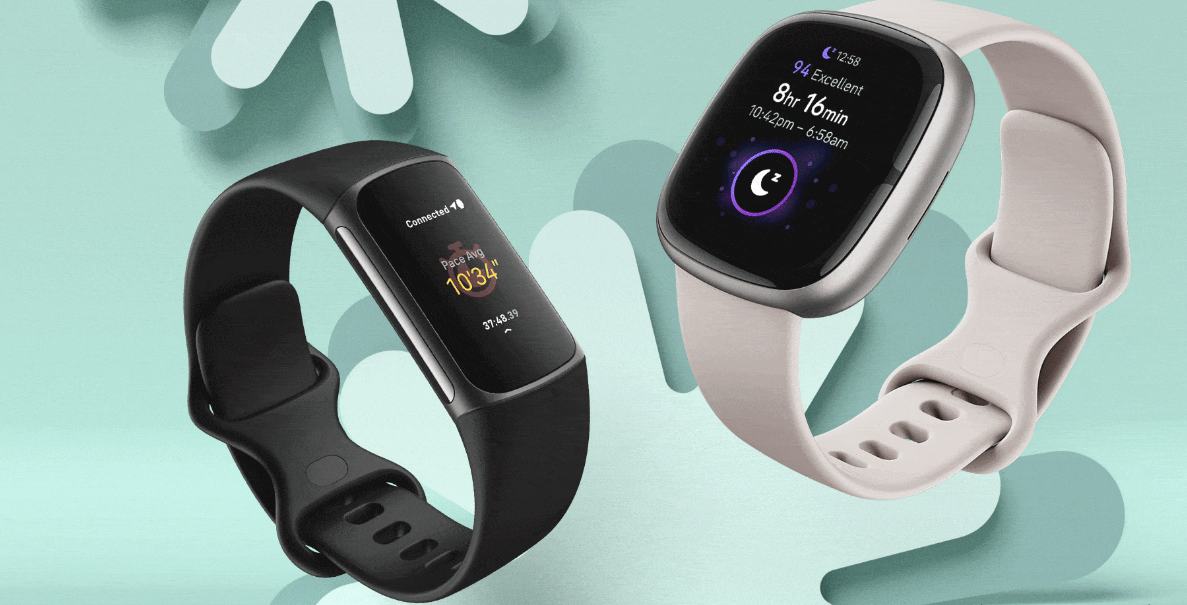
Fitbit was the first wearable brand to commercialize smartwatches. It has revolutionized the wearable industry and any IoT aficionado knows the contribution of the brand to the technology.
The company's products are designed to help users track their physical activity, sleep patterns, and other health metrics, as well as motivate them to be more active and healthy. Fitbit's most popular product is its line of fitness trackers, which are worn on the wrist and track steps taken, distance traveled, and calories burned. Some Fitbit models also have additional features such as heart rate monitoring, GPS tracking, and the ability to track specific activities like swimming or cycling. In addition to its fitness trackers, Fitbit also offers a variety of other health and fitness products, including smartwatches, scales, and earbuds.
Envision Glasses
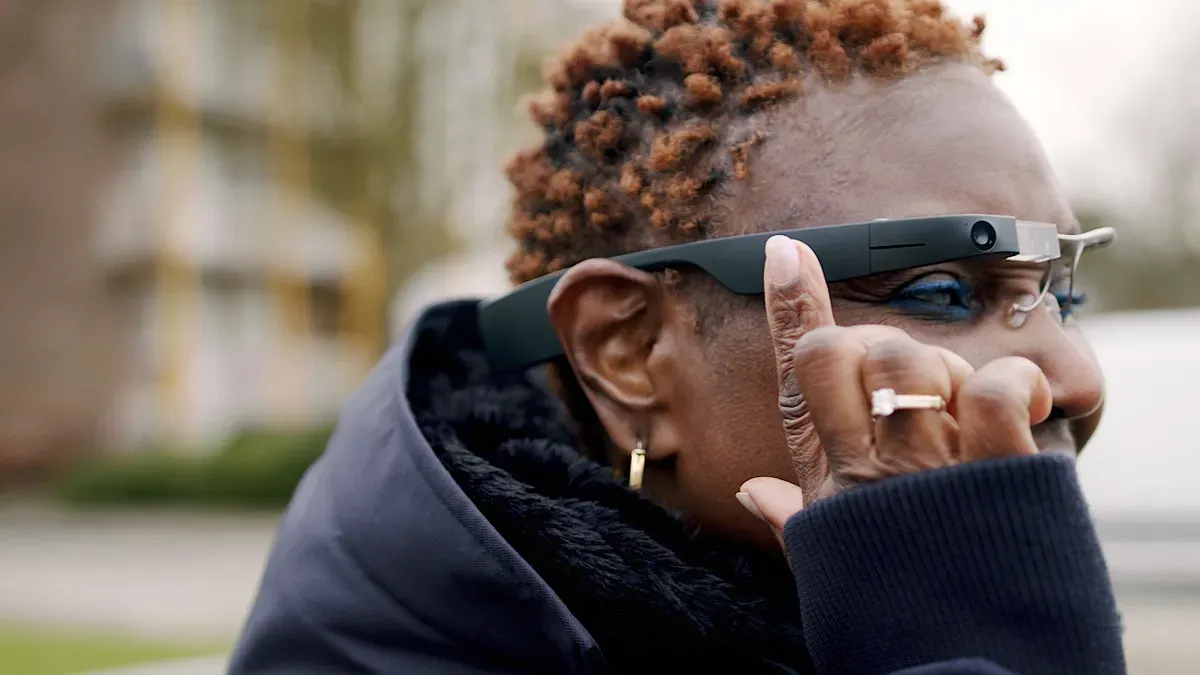
Do you remember Google Glasses? Those cool smart glasses that would allow you to shop while you’re running errands or record what you’re seeing? Envision has used the enterprise edition of Google Glasses to achieve something truly amazing. These glasses help you turn any visual information into speech. For the visually impaired, they have an app which does the same. However, the glasses are a big leap in accessibility tech. Imagine being able to follow any visual information with ease. Amazing, isn’t it?
Smart city
Smart city IoT devices are used connect various utilities and sensors in a city, allowing for remote monitoring and management of various urban systems and services. These devices can include everything from traffic sensors and smart streetlights to air quality monitors and water meters. Smart city IoT devices can help reduce energy consumption, improve public safety, and enhance the overall quality of life for city residents. Let’s look at some examples.
Protectonnect Smart Water Management
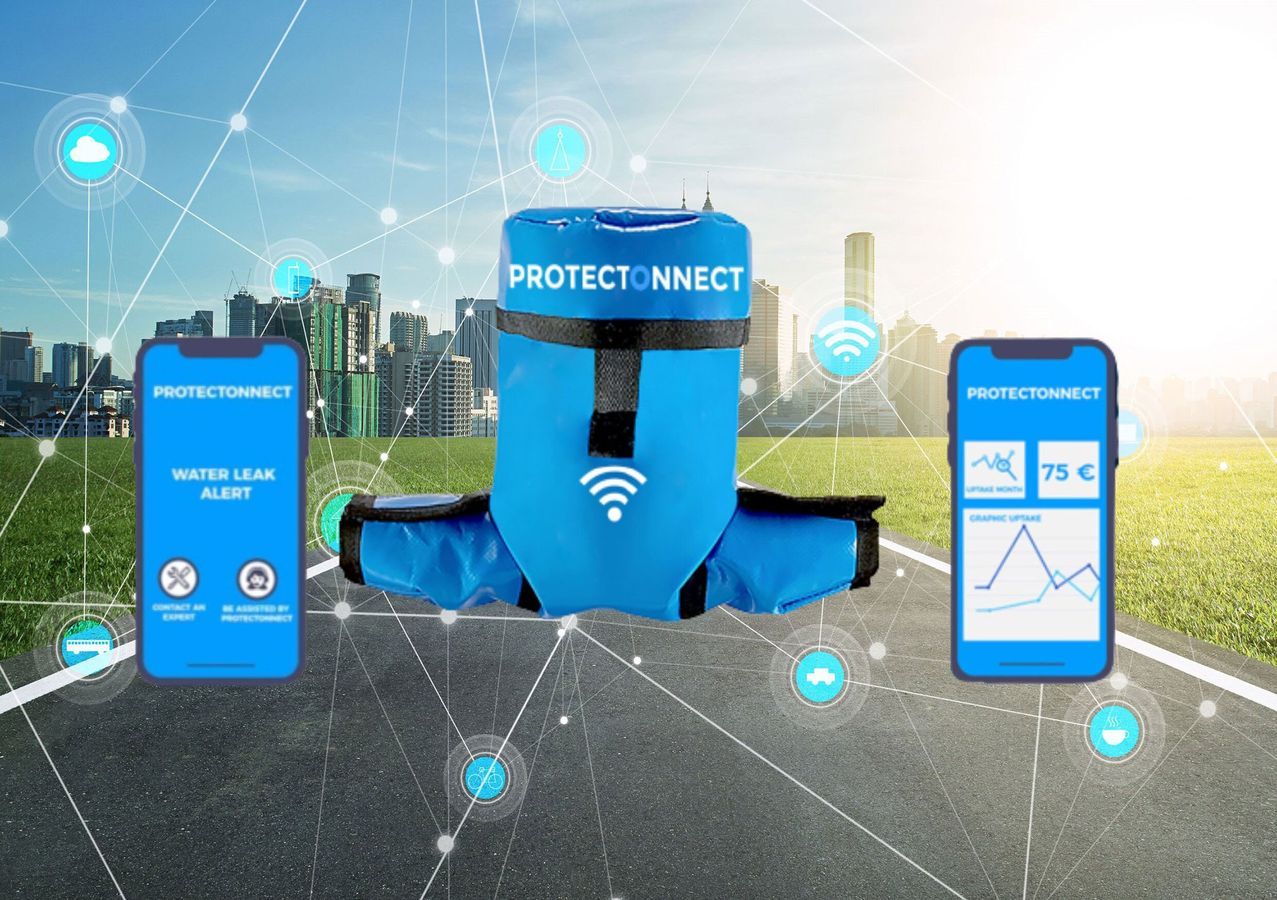
Undetectable leaks cause the loss of millions of liters of potable water every year. These leaks aren’t even noticeable most of the time, but every drop adds up. Protectonnect, a smart water management system is using IoT sensors to ensure that these leaks are not only detected in time, but also predict maintenance so that fewer leaks occur over time. On a city level, solutions like Protectonnect can be a powerful tool in our arsenal to combat the water shortages across the world.
Vivoka Voice Assistant

Vivoka is a french company which has created Zac, a smart voice assistant which is created for smart city applications. Zac can recognize the identity, emotions, gender and age of users, and offer them solutions based on voice commands across the city centres. A voice assistant for smart city is going to be a more than just a possibility very soon.
Automobile
The automobile industry has been one of the fastest to assimilate with IoT. As a result, some amazing IoT devices can be seen in this category.
Automobile IoT devices are internet-connected devices that are installed in vehicles to enable them to send and receive data. These devices can be used to monitor the performance of the vehicle, track its location, and provide information to the driver. Some common examples of automobile IoT devices include diagnostic tools, GPS tracking systems, and infotainment systems.
Let us take a look at two popular companies who are doing it right.
Tesla
Tesla cars are undoubtedly the most popular connected vehicles on the planet. Powered with GPS trackers, battery sensors, smart cameras, and so much more, all tesla products are a walking endorsement of IoT.
Tesla was also one of the very first company to launch Over-the-air updates in vehicles, and use IoT to reduce ecological footprint as well as overall costs. While Tesla’s remarkability may have waned as newer products emerge in the market, it was the first of its kind to introduce cutting edge technology to this industry.
Ather Energy
Ather Energy is one of the pioneers in electric vehicle technology in India. With their presence in over 50 cities across the country, Ather energy is one of the most prominent names in connected vehicles. Ather vehicles use several IoT devices such as GPS, temperature sensors, battery sensors, and more; but what sets Ather vehicles apart is that they solve real user issues. These vehicles can detect the terrain, weather conditions, and power requirements to make sure that the driver does not experience any issues when driving on Indian roads. Their technology has made them a fierce competitor for big companies like Ola.
Home automation
Home automation IoT devices automate and control various functions in a home, such as lighting, heating and cooling, appliances, and security systems. These devices can be controlled remotely through a smartphone app or through voice commands to a smart speaker or smart display. Let us take a look at two exemplary examples in the industry.
Google Nest
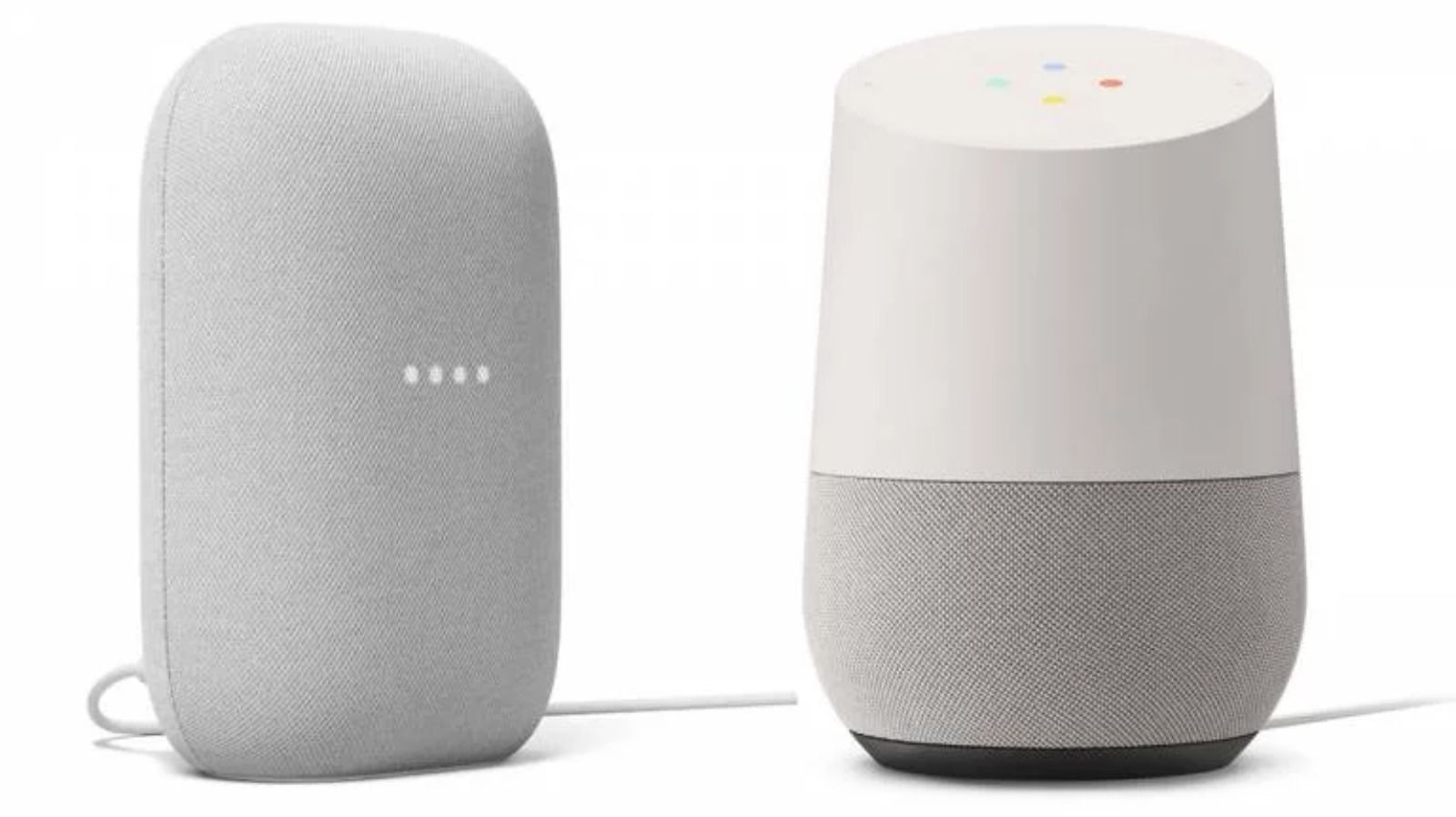
Google Nest is a line of smart home products developed by Google, which includes smart speakers, smart displays, smart thermostats, smart security cameras, and smart smoke detectors.
The popular appeal of Nest products can be tied to the fact that these devices are designed to work seamlessly with Google Assistant. So you can easily use voice commands to answer questions, set reminders, and control smart home devices.
Additionally, the Google Home app allows users to manage and monitor their smart home devices from a single platform. In addition to its smart home capabilities, Google Nest also offers a range of home security options. So users can avail facial recognition technology and the get alerts to their phone if there is any suspicious activity detected.
Amazon Smart Home
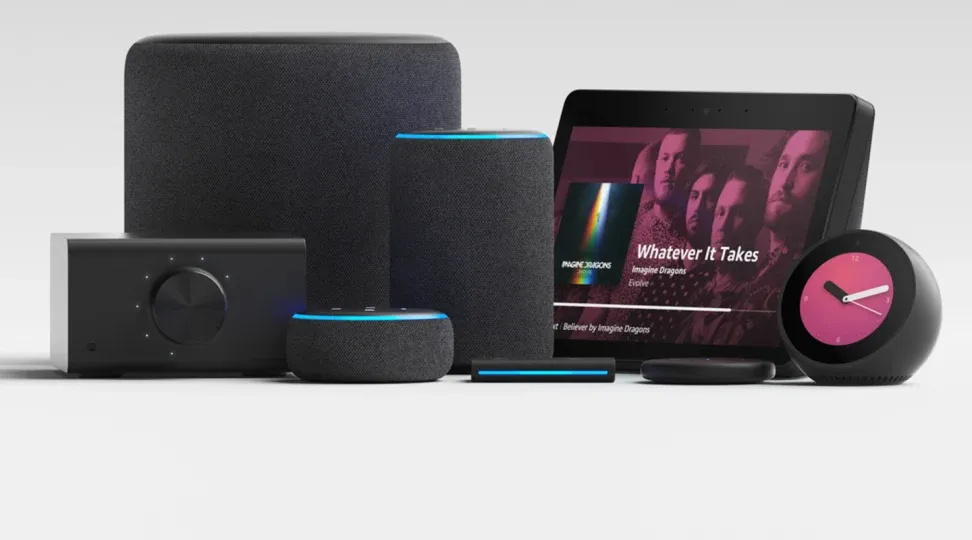
Amazon’s very own smart home platform allows users to control and automate their smart home devices through the use of voice commands or the Amazon Alexa app. It supports a wide range of smart home products and services, including thermostats, lighting, security cameras, door locks, and smart appliances.
Amazon Smart Home allows users to control their smart home devices from a single platform, making it easy to manage multiple devices and automate tasks. It also supports a wide range of third-party smart home products and services, allowing users to build a customized smart home ecosystem.
But the biggest pro is the flexibility that Amazon Smart Home offers. It supports a variety of device types, allowing users to choose the devices that best meet their needs.
What are the Advantages of IoT Devices?
IoT (Internet of Things) devices have rapidly transformed the way we live, work, and interact with our environment. Here are some of the key advantages of IoT devices:
- Efficiency and Productivity: IoT devices automate and streamline tasks, leading to significant time savings and reduced human intervention. For businesses, this means improved operational efficiencies and productivity.
- Real-time Monitoring: Sensors and devices provide real-time feedback on systems, ranging from household appliances to industrial machines, allowing for timely interventions and decision-making.
- Cost Savings: By automating tasks and improving resource utilization, such as energy-saving smart thermostats or predictive maintenance in machinery, IoT can lead to significant cost reductions.
- Improved Quality of Life: Smart homes equipped with IoT devices can enhance comfort and convenience, adjusting lighting, heating, or security based on individual preferences and behavior.
- Data Collection and Insights: IoT provides a wealth of data from various sources, offering deeper insights into user behavior, preferences, and trends, which can be pivotal for businesses and research.
- Enhanced Safety and Security: Devices like smart cameras, wearables, and connected alarms can bolster security in homes, industries, and public spaces.
- Environmental Monitoring and Sustainability: IoT applications in environmental monitoring help in tracking pollution, deforestation, and other factors, aiding in conservation efforts.
- Healthcare Advancements: Wearable devices monitor vital statistics, track patient health in real-time, and can even notify medical professionals in emergencies.
- Improved Supply Chain and Logistics: Tracking assets in real-time, predicting equipment failures, and ensuring the right products are in the right place at the right time become achievable with IoT.
- Innovation: The continuous growth of IoT paves the way for the development of innovative products and solutions that can address complex challenges and open new markets.
In essence, IoT has the potential to revolutionize multiple sectors, making processes more efficient, data-driven, and user-centric, thereby offering unparalleled advantages to both consumers and businesses.
What are the Disadvantages of IoT Devices?
While IoT (Internet of Things) devices offer numerous advantages, they also come with several drawbacks:
- Security Concerns: With an increase in connected devices, there's a surge in potential entry points for cyberattacks. Many IoT devices have weak security protocols, making them vulnerable to hacks.
- Privacy Issues: Devices collecting and transmitting data constantly can lead to privacy breaches if not adequately secured. Personal information can be exposed, or user behavior can be tracked without consent.
- Complexity: Integrating various IoT devices and ensuring they communicate seamlessly can be complex. Not all devices may be compatible with each other, leading to integration challenges.
- Dependence on Internet Connectivity: IoT devices rely heavily on constant internet connectivity. Any disruption can render devices useless or hinder their performance.
- Reduced Human Intervention: Over-reliance on automation might lead to decreased human skills and the potential for complacency in monitoring automated systems.
- Shorter Device Lifespans: With rapid technological advancements, IoT devices might become obsolete faster, leading to increased electronic waste.
- Interoperability Issues: Standards and protocols for IoT are still evolving. Devices from different manufacturers might not always work together smoothly.
- Data Overload: The vast amount of data generated by IoT devices can become challenging to manage, store, and analyze effectively.
- Increased Potential for Malfunction: As we rely more on connected devices, the potential for malfunctions or system failures can have more significant consequences, from simple inconveniences to severe disruptions.
- Ethical Concerns: The rise of IoT in sectors like healthcare can raise ethical questions, such as the implications of remote monitoring without patient consent or understanding.
Despite the transformative potential of IoT, it's essential to address these disadvantages to ensure that the integration of these devices into our daily lives and industries is both secure and beneficial.
The future of IoT devices
In the future, it is expected that the number of IoT devices will continue to grow significantly, as more and more devices become connected to the internet. This trend is likely to be driven by a variety of factors, including the increasing affordability and availability of IoT devices, the growing demand for connectivity and convenience, and the need for improved efficiency and automation in various industries.
As a result, the IoT is expected to have a significant impact on a wide range of sectors, including transportation, healthcare, agriculture, and manufacturing, among others. It is likely that the IoT will also lead to the development of new technologies and business models, as well as the creation of new jobs and economic opportunities.

